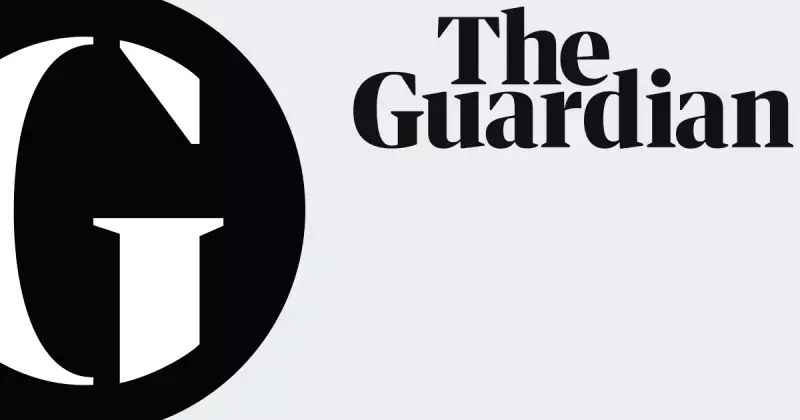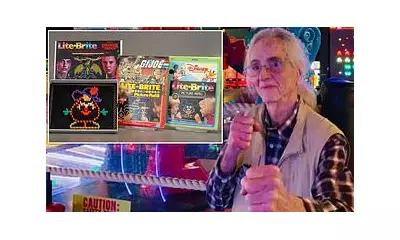
Have you ever wondered if someone is being completely honest with you? The ability to detect deception is more science than guesswork, and it's a skill that can be learned.
The Telltale Signs of Deception
Experts in psychology and behavioural analysis have identified specific patterns that often indicate someone isn't telling the truth. These aren't magical tricks but observable behaviours that, when clustered together, can reveal deception with surprising accuracy.
Verbal Cues That Raise Red Flags
- Overly detailed stories - Liars often provide excessive, unnecessary information to make their account seem more credible
- Speech errors and pauses - Unusual hesitations, sentence repairs and grammatical inconsistencies can indicate cognitive strain
- Distancing language - Using phrases like "that person" instead of names or "I would have" instead of "I did"
The Body Doesn't Lie
While no single gesture proves deception, clusters of these physical behaviours can be telling:
- Microexpressions - Brief facial expressions that flash for just a fraction of a second, revealing true emotions
- Self-soothing gestures - Touching the neck, rubbing hands or playing with hair can indicate discomfort
- Inconsistent nodding - Saying "yes" while subtly shaking the head "no"
Practical Applications in Daily Life
These detection skills aren't just for law enforcement or security professionals. Understanding these cues can help in business negotiations, personal relationships, and even parenting. The key is establishing a behavioural baseline - how someone normally acts - before looking for deviations that might indicate deception.
Remember: context is crucial. A single sign doesn't prove someone is lying, but patterns of unusual behaviour should prompt closer attention to the conversation.





